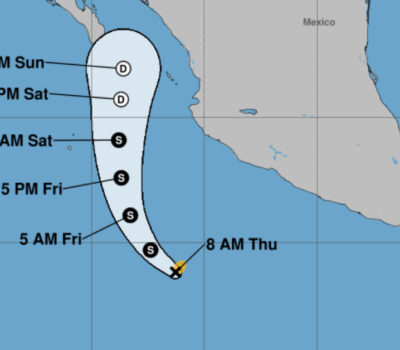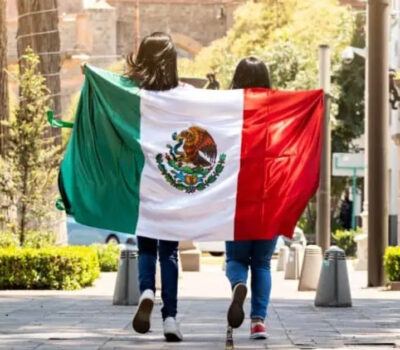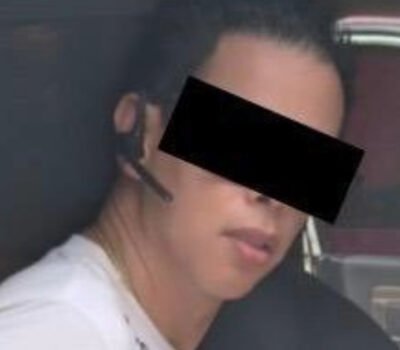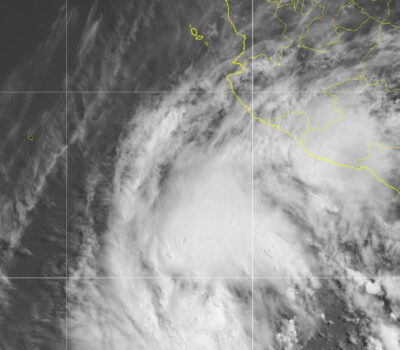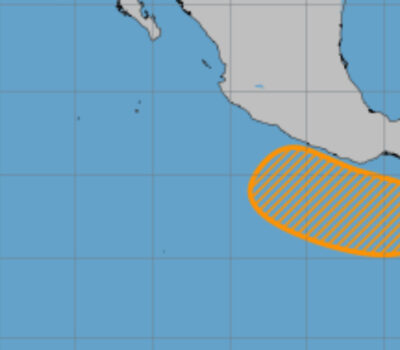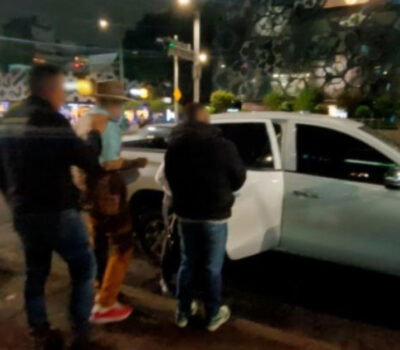Many assume that tequila can only be made in the area surrounding the city of Tequila in Mexico. While this was the case for some time, eventually other regions in Mexico were added to the very short list of where tequila can be ‘officially’ made. Chinaco Tequila is one such example, were a quality tequila made outside of Jalisco, Mexico fought to have the tequila definition extended to include the region of Tamaulipas and other regions like it. Since then, Chinaco has revolutionized the tequila industry by becoming the first premium tequila to come to the US.
Chinacos were wealthy landowners during the 18th and 19th centuries who, out of necessity, became legendary fighters to defend Mexico during the War of Reform and the French Intervention. Their leader was General Manuel Gonzalez, who founded land in Tamaulipas that eventually became dedicated to blue agave production after crops were destroyed by a hurricane. The plan was to sell the blue agave to Jalisco tequila distillers, but after the deal went sour and the blue agave shipments were refused, the region decided it would produce its own tequila. It was Manuel’s grandson, Guillermo Gonzales who battled against larger distillers in Jalisco and successfully lobbied the Mexican government for an amendment that would allow for tequila production outside of Jalisco. After four years of petitioning Tamaulipas received Denomination of Origin status, which allowed for the creation of Tequilera La Gonzalena in 1977. This became the first tequila distillery in Taulipas and home of Chinaco Tequila.
In 1983, Chinaco became the first premium tequila in the United States. Before Chinaco’s arrival, most tequilas used less agave and more sugar. Chinaco eventually paved the way for modern premium tequilas. Because of this, David Wondrich named Chinaco the “#1 Most Influential Spirits Brand of the Last 25 Years” in Wine & Spirits Magazine.
THE PROCESS
The hearts of ripe agave are harvested, quartered and roasted in autoclave at low temperatures for approximately 12 hours, which is how it’s been done at Chinaco since the beginning. The hearts are then pressed and shredded in an old molino (sugarcane press).
Fermentation occurs in stainless steel vessels, using the same proprietary ambient yeasts since Chinaco’s inception in 1973. The aguamiel is inoculated, fermenting at ambient temperatures for about 72 hours. This long, slow fermentation process with the proprietary yeast contributes to the fruitiness and floral aromatics inherent to Chinaco Tequila.
Distillation is overseen by Master Distiller Esther Hernadez, who has been at the distillery for 40 years. Distillation takes place in two copper-lined alembic stills, both purchased in the 1970′s and still in operation. Chinaco does not add caramel coloring, oak extract, glycerin or sugar to manipulate its tequila.
Many assume that tequila can only be made in the area surrounding the city of Tequila in Mexico. While this was the case for some . . .


